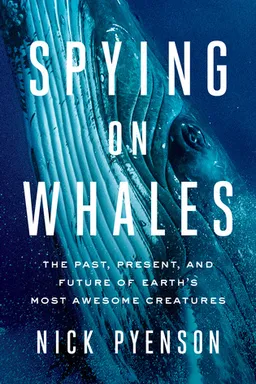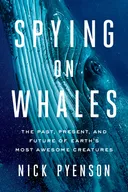Notifications

The Smithsonian's star paleontologist takes us to the ends of the earth and to the cutting edge of whale research
Whales are among the largest, most intelligent, deepest diving species to have ever lived on our planet. They evolved from land-roaming, dog-like creatures into animals that move like fish, breathe like us, can grow to 300,000 pounds, live 200 years and roam entire ocean basins. Whales fill us with terror, awe, and affection—yet we know hardly anything about them, and they only enter our awareness when they die, struck by a ship or stranded in the surf. Why did it take whales over 50 million years to evolve to such big sizes, and how do they eat enough to stay that big? How did their ancestors return from land to the sea? Why do they beach themselves? What do their lives t ...Read More


The Smithsonian's star paleontologist takes us to the ends of the earth and to the cutting edge of whale research
Whales are among the largest, most intelligent, deepest diving species to have ever lived on our planet. They evolved from land-roaming, dog-like creatures into animals that move like fish, breathe like us, can grow to 300,000 pounds, live 200 years and roam entire ocean basins. Whales fill us with terror, awe, and affection—yet we know hardly anything about them, and they only enter our awareness when they die, struck by a ship or stranded in the surf. Why did it take whales over 50 million years to evolve to such big sizes, and how do they eat enough to stay that big? How did their ancestors return from land to the sea? Why do they beach themselves? What do their lives t ...Read More
Ratings
Ratings